- leun's home page
- Posts
- 2013
- 2012
- December (2)
- October (3)
- September (2)
- August (1)
- July (4)
- June (4)
- May (2)
- April (3)
- March (5)
- February (5)
- January (5)
- 2011
- December (3)
- November (3)
- September (5)
- August (2)
- July (2)
- June (3)
- May (4)
- April (4)
- March (2)
- February (4)
- January (2)
- 2010
- December (2)
- November (3)
- October (3)
- September (5)
- August (6)
- July (2)
- June (4)
- May (3)
- April (4)
- March (4)
- February (2)
- January (4)
- 2009
- 2008
- October (1)
- My blog
- Post new blog entry
- All blogs
FMS meeting 20100712
Global Fit for Multi-Cluster Events
Contrary to what I said during the analysis meeting last month, the global fit for multi-cluster events was turned off. The confusion came because of an oddity in the code that Jim had already found some time ago, but unfortunately that fact did not occurred to me until I re-discovered it myself. The problem that Jim found was that there were two different arrays that store photon information, and the results of the global fit were being stored into one of the two arrays that are not used for much in the current analysis. Akio later told me that it was probably done to compare results with and without the global fit, and it was left at that stage, at least when we at Penn State branched off.
I've checked the SPIN08 directory, and things seem to be the same, namely the global fit is performed but its results are unused. I've also talked with Ermes, and he is not aware of any further work done on this particular issue. That's all I know at this point as far as archeology goes.
In any case, I've turned on the global fit much the same way that Jim did, (at least at one point) by directing the output to the "correct" array. Akio told me that there may be convergence problems with the global fit, or if not that, I imagine there must've been something else that prompted the decision to skip the global fit. However, I have not been able to find any issue so far. It seems to make things much better for 2 cluster events, with almost no side effects.
In addition to this, I've also messed with the shower function that came from IHEP. It has three parts to it, each having different width and weighting factor. I've changed the width of the highest weighted portion, which is nominally 0.8 cell width with 80% weighting. I've changed the width to 0.6 and 1.0 cell width, to see the effect of the shower shape that is too narrow or too wide. This is obviously very crude, but the point is not to improve the shower shape, but to just try different things and how sensitive measured quantities are to these rather random changes.
For the following analysis, I've reverted back to the simple, flat-distribution pi0 GSTAR only simulation.
Fig. 1. Reconstructed energy / generated energy vs. reconstructed separation for 2 cluster events

Since these are un-calibrated simulation with uniform gain, the constant offset between reconstructed/summed energy and generated energy is not very meaningful. Here it's clear that the energy over-counting issue for the two cluster fits are gone, as one would expect. Also, narrower shower shape (red) does produce lower reconstructed energy, while wider shower shape (green) gives you the opposite results. This is all not very surprising.
Fig. 2. Reconstructed energy / generated energy vs. reconstructed separation for 1 cluster events

Since the change made to global fit only affects multi-cluster events, 1 cluster events like there should not change at all.
Fig. 3. Reconstructed separation / generated separation vs. reconstructed separation for 2 cluster events
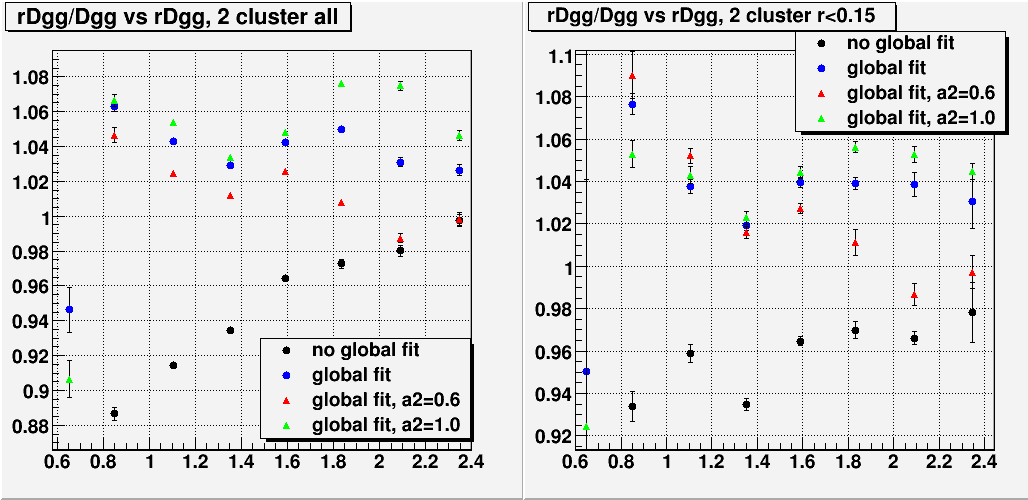
Here we see that without the global fit, the separation for 2 cluster events used to be underestimated at close distance. This is the valley over counting effect that we discussed previously. This effect to some extent cancelled out the E vs D slope for the mass. Now with the global fit, the direction changes. In addition, narrower shower shape underestimated the separation by a couple of percent, which will produce error in mass in the same direction as the energy.
Fig. 4. Reconstructed separation / generated separation vs. reconstructed separation for 1 cluster events
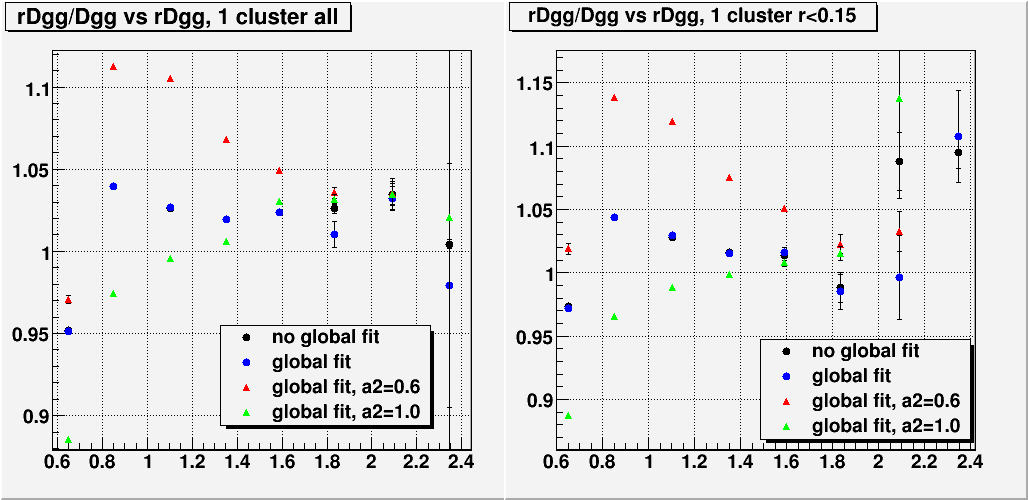
Fig. 5. Reconstructed energy / generated energy vs. reconstructed energy for 2 cluster events
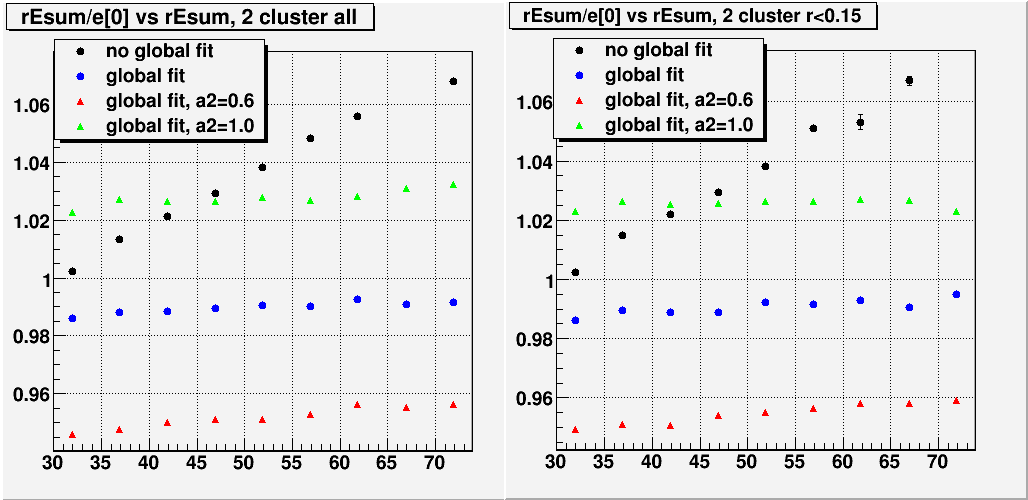
Fig. 6. Reconstructed energy / generated energy vs. reconstructed energy for 1 cluster events
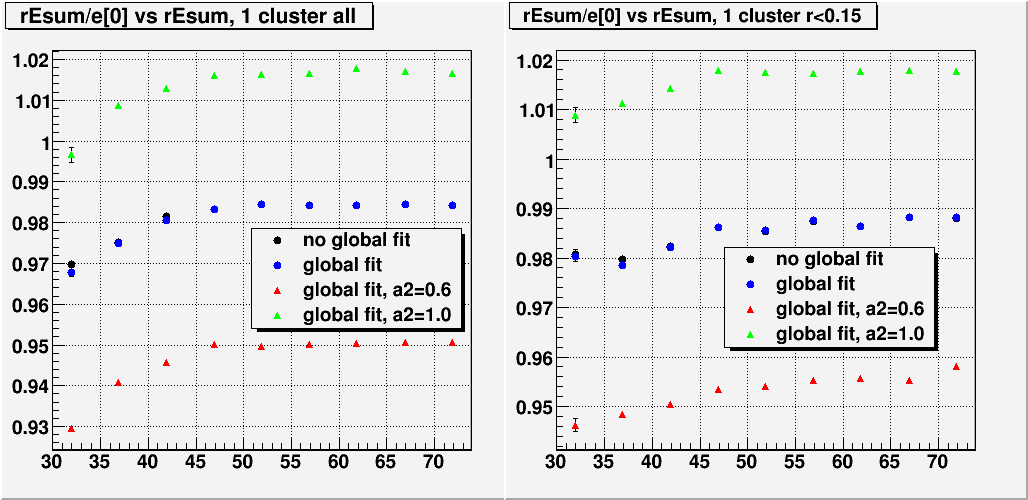
Fig. 7. Reconstructed separation / generated separation vs. reconstructed energy for 2 cluster events
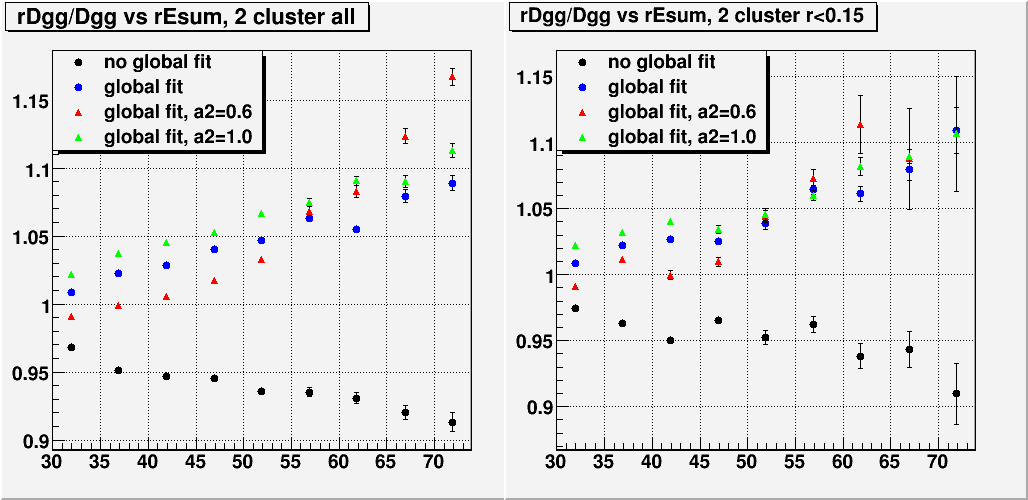
Fig. 8. Reconstructed separation / generated separation vs. reconstructed energy for 1 cluster events

Fig. 9. Reconstructed mass / 0.135GeV vs. reconstructed energy for 2 cluster events
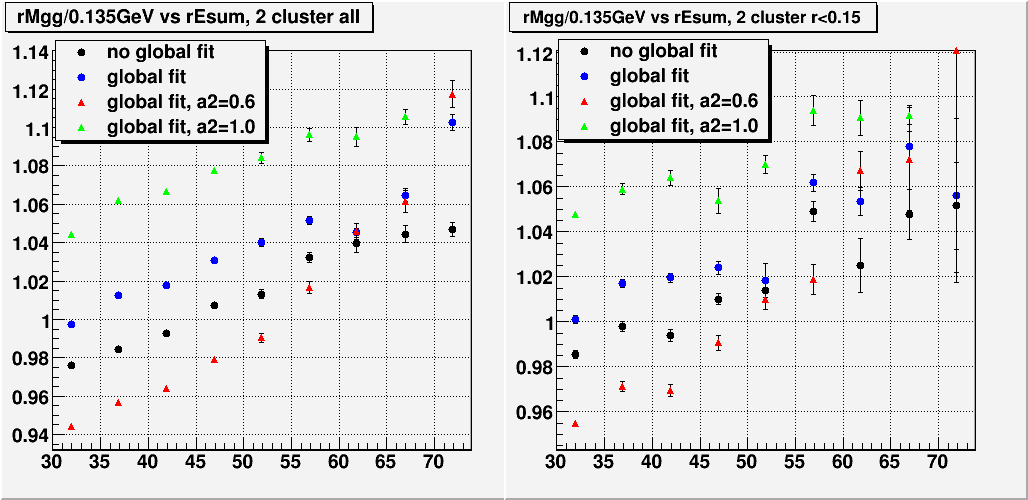
Fig. 10. Reconstructed mass / 0.135GeV vs. reconstructed energy for 2 cluster events
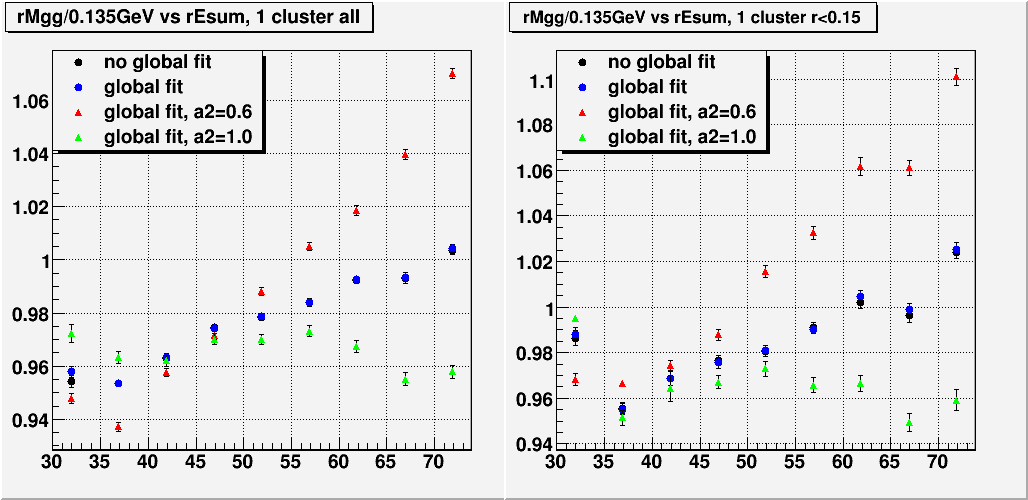
- leun's blog
- Login or register to post comments
